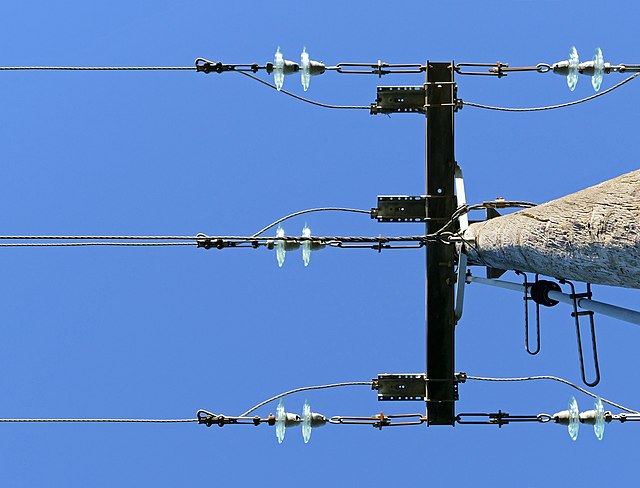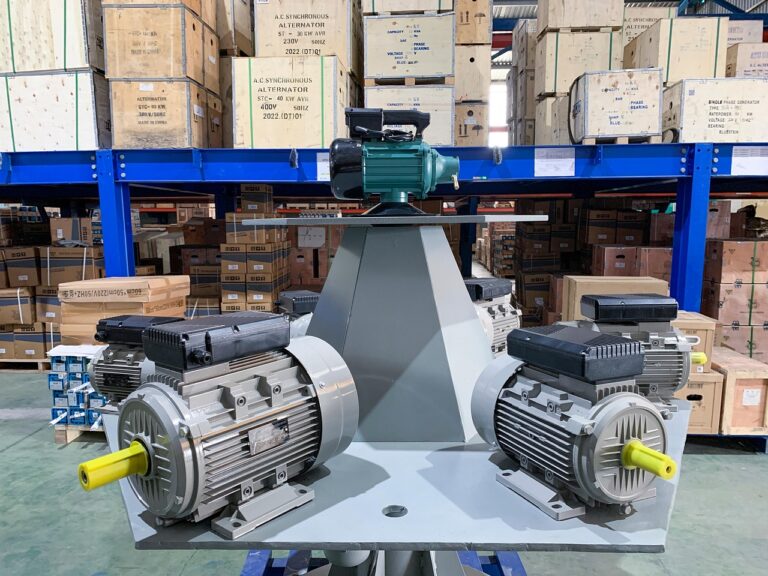Introduction
In the world of electrical and industrial equipment, durability is non-negotiable. When deploying devices in harsh environments—whether exposed to dust, water, or mechanical impacts—it is essential to select components rated to survive those conditions. This is where IP (Ingress Protection) and IK (Impact Protection) ratings come into play.
In this article, we demystify these two international standards, explaining how they work, how to interpret the codes, and why they matter when selecting equipment for your facility.
What is an IP Rating
The Ingress Protection (IP) rating is defined by IEC 60529 and classifies how well an electrical enclosure resists intrusion from solid particles and liquids.
The typical rating format is: IPXYCH (The last 2 letters are optional)
X = Protection against solid objects (dust, fingers, tools, etc.)
Y = Protection against liquids (dripping, splashing, immersion)
(A-D)= Additional Protection
(H,M,S,W)= Optional supplementary letters for special conditions
The IP code applies to electrical equipment for voltages up to and including 72.5 kV.
| Code | X- Protection against solids | Y- Protection against Liquids |
| 0 | No Protection | No protection |
| 1 | Objects ≥ 50 mm e.g. hand | Dripping water (vertical) |
| 2 | Objects ≥ 12.5 mm e.g. finger | Dripping water when tilted at 15° |
| 3 | Objects ≥ 2.5 mm e.g. screwdriver | Spraying water |
| 4 | Objects ≥ 1.0 mm | Splashing water |
| 5 | Dust protected (limited ingress, no harmful deposit) | Water jets |
| 6 | Dust-tight (complete protection) | Powerful water jets |
| 7 | Temporary immersion (up to 1 meter) | |
| 8 | Continuous immersion (beyond 1 meter) | |
| 9 | High pressure, high temperature water jets (washdown environments) |
Optional Letters – Additional Protection
| Letter | Protects Against Access by |
| A | Back of hand |
| B | Finger |
| C | Tool |
| D | Wire |
Optional Supplementary Letters – Special Conditions
| Letter | Meaning |
| H | High-voltage apparatus |
| M | Device was in motion during water test |
| S | Device was stationary during water test |
| W | Weather-resistant – suitable for outdoor use |
Example Interpretations
- IP20 = Protected against fingers, no water protection.
- IP65 = Dust-tight + protected against water jets.
- IP68 = Dust-tight + protected against continuous immersion.
- IP69K = Suitable for high-pressure, high-temperature water jets (e.g., food industry cleaning).
What is an IK Rating?
While IP protects against dust and water, IK ratings (defined in IEC 62262) classify the degree of protection against mechanical impact—typically from accidental knocks or vandalism.
IK Rating Table – Impact Resistance Levels
| IK Code | Impact Energy (Joules) | Equivalent Impact | Typical Use Case |
| IK00 | – | No protection | Not rated |
| IK01 | 0.15 J | 200g object dropped from 7.5 cm | Minimal indoor use |
| IK02 | 0.2 J | 200g from 10 cm | Indoor lights, panels |
| IK03 | 0.35 J | 200g from 17.5 cm | Entry-level switches |
| IK04 | 0.5 J | 200g from 25 cm | Light-duty devices |
| IK05 | 0.7 J | 200g from 40 cm | Standard plastic enclosures |
| IK06 | 1.0 J | 500g from 20 cm | Control boxes |
| IK07 | 2.0 J | 500g from 40 cm | Weatherproof lights |
| IK08 | 5.0 J | 1.7 kg from 29.5 cm | Industrial fixtures, cameras |
| IK09 | 10.0 J | 5 kg from 20 cm | Public area devices |
| IK10 | 20.0 J | 5 kg from 40 cm | Anti-vandal, heavy-duty enclosures |
How to Choose the Right IP & IK Rating
IK ratings are especially important in:
- Public infrastructure
- Industrial environments
- Outdoor & security applications
IK and IP ratings are independent. A product can be waterproof (IP67) but still weak to mechanical impact (IK04), or vice versa.
Always select based on application risk: indoor, outdoor, vandal-prone, or harsh mechanical conditions
Here’s a simplified guide for various environments:
| Environment | Recommended IP Rating | Recommended IK Rating |
| Indoor office | IP20–IP40 | IK02–IK05 |
| Industrial floor | IP54–IP65 | IK07–IK08 |
| Outdoor exposed | IP65–IP68 | IK08–IK10 |
| Public spaces | IP66+ | IK10 (vandal-resistant) |
| Food production | IP69K (high-pressure washdown) | IK08+ |
Conclusion
IP and IK ratings are essential specifications in the selection and recommendation of electrical equipment. Understanding these classifications helps engineers, facility managers, and technical sales teams match the right product to the right environment, ensuring safety, compliance, and long-term performance.
At t.power, we help you select products with the right protection ratings for your environment—whether it’s a data centre, factory, or remote solar installation.
Need Help?
Contact us today to assess your facility and recommend IP & IK-compliant solutions tailored to your environment.



